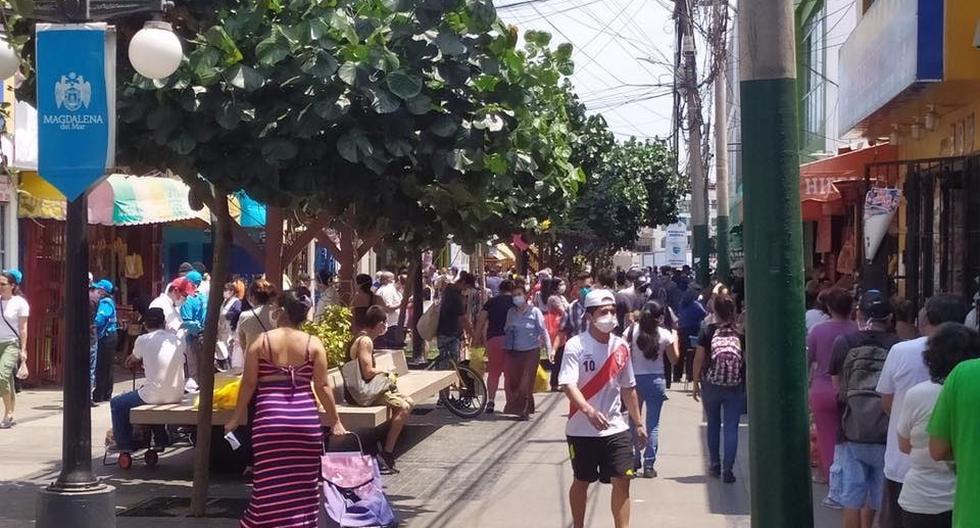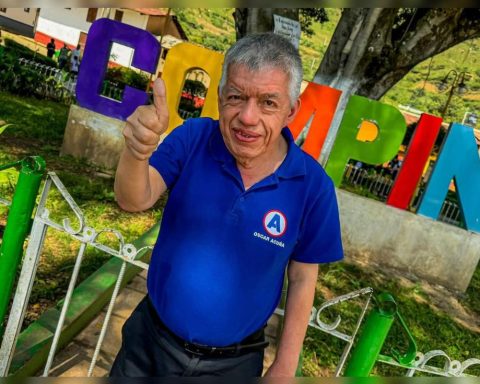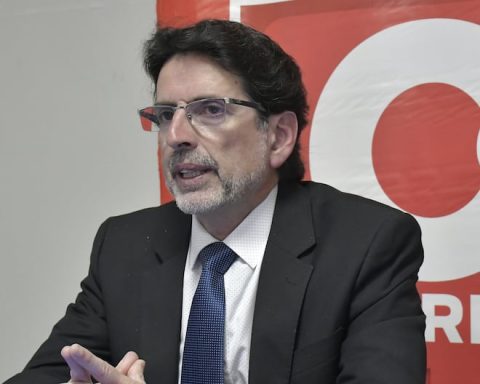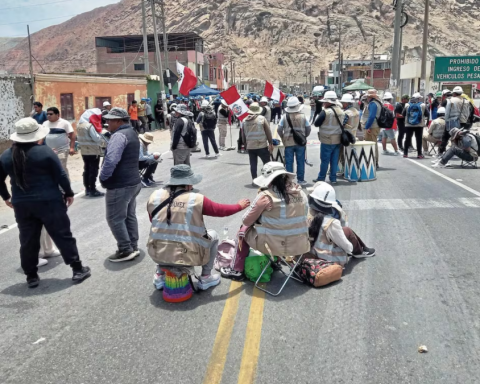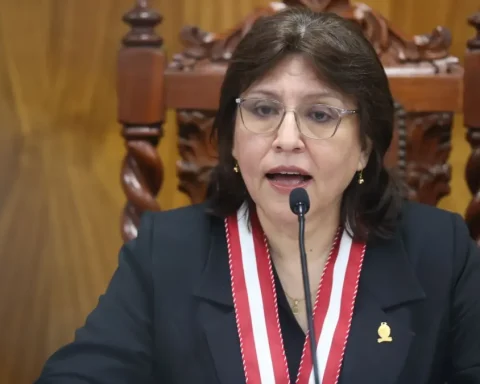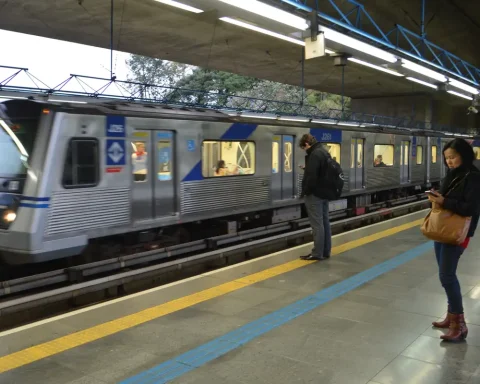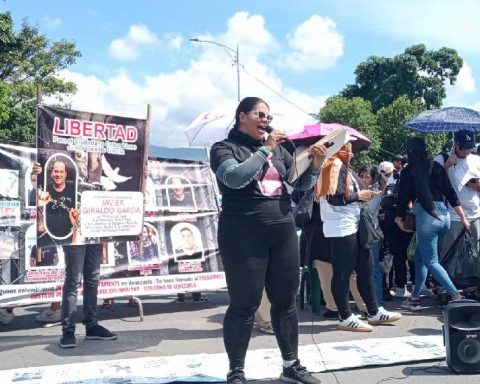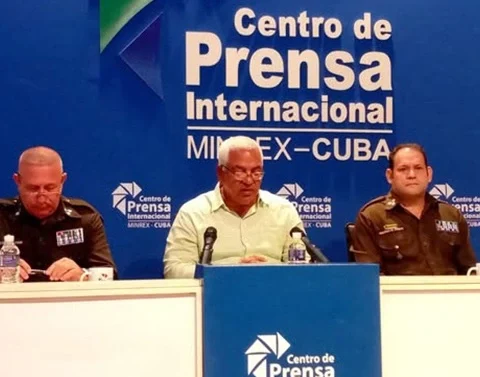The National Institute of Health (INS) of the Minsa reported yesterday that 82% of positive cases for COVID-19 detected through molecular tests are not immunized or only have one dose of the vaccine. It also revealed that most of those infected are between 30 and 59 years old and are found in five regions and three districts of Metropolitan Lima, according to the so-called heat map.
LOOK AT THIS | They will apply a 10% discount to people with two doses against COVID-19 in Gamarra
Thus, in epidemiological week 45 there were a total of 3,212 positive cases nationwide, and the regions with the highest number of cases detected are: Lima, Callao, Piura, Ancash and Arequipa.
While at the level of Metropolitan Lima, the largest number of infected are in Magdalena del Mar, San Martín de Porres and Cercado de Lima. Here 1,743 cases were detected, that is, more than 50% nationwide. This is due to the population density that the capital has and because its inhabitants have greater access to molecular tests, according to the INS epidemiologist Javier Vargas.
Against this background, the specialist stated that there is “a concern about the increase in cases, compared to previous weeks, as it is increasing a little in Lima ”. However, he added that “a clear trend of the increase is not yet observed, which we have seen other times and then falls”.
On why in Magdalena del Mar there would have been a greater number of infected, Vargas explained that it may be due to the fact that a greater number of tests were carried out there and because it is not a district with a high population density. “The Lima Centro reference laboratory is also located in the Magdalena district, that could be a factor,” he mentioned.
YOU MAY BE INTERESTED IN | COVID-19 vaccination card: How to obtain this document from the Minsa?
In this specific case, he indicated that there are 122 cases out of a population of around 80 thousand people.
“There is an active transmission”
The epidemiologist also pointed out that it is necessary to speed up the vaccination process and not relax prevention measures.
“The main message is that the transmission is active, as well as in Magdalena, in all the districts of Metropolitan Lima and in all regions of the country. When we started the heat map We thought that there would be some areas where (the infections) were going to be more focused than others, but when we now see the district distribution, it is homogeneous in all districts“, said.
Although the infection is not focused on certain points, there are some large avenues or places with a higher density where a greater number of cases are always found. “It is there where these interventions are being carried out that the government is doing, such as the ‘Let’s meet you’ strategy, where vaccination and screening or discarding of infection with molecular tests are offered.”, He said.
The situation in the coming weeks will depend, as he emphasized, on the behavior of people at the end of the year parties.
“People must first complete their two doses of vaccination and consider that if they are already vaccinated they are not immediately protected, but it takes 14 to 21 days to have an appropriate level of protection”, He recommended.
This recommendation was given above all for the population over 30 years of age, an economically active age group that is more exposed now that several restrictive measures have been lifted.
To this must be added social distancing, the use of a mask and proper ventilation in closed spaces, where you should not stay for a long time.
What is the heat map
The National Institute of Health (INS) presented its heat map with georeferencing of COVID-19 cases at the national level a few days ago. It is a tool made available to health authorities, in order to apply measures and locate people who had a positive result through a molecular or antigen test.
According to the director of the INS, Víctor Suárez, the weekly results of this heat map serve for the networks of Lima, Callao and regions to apply interventions in certain places. In addition, with its application it is expected “postpone the start of a third wave ”.
RECOMMENDED VIDEO
:quality(75)/cdn.jwplayer.com/v2/media/hPl9mpVf/poster.jpg)
